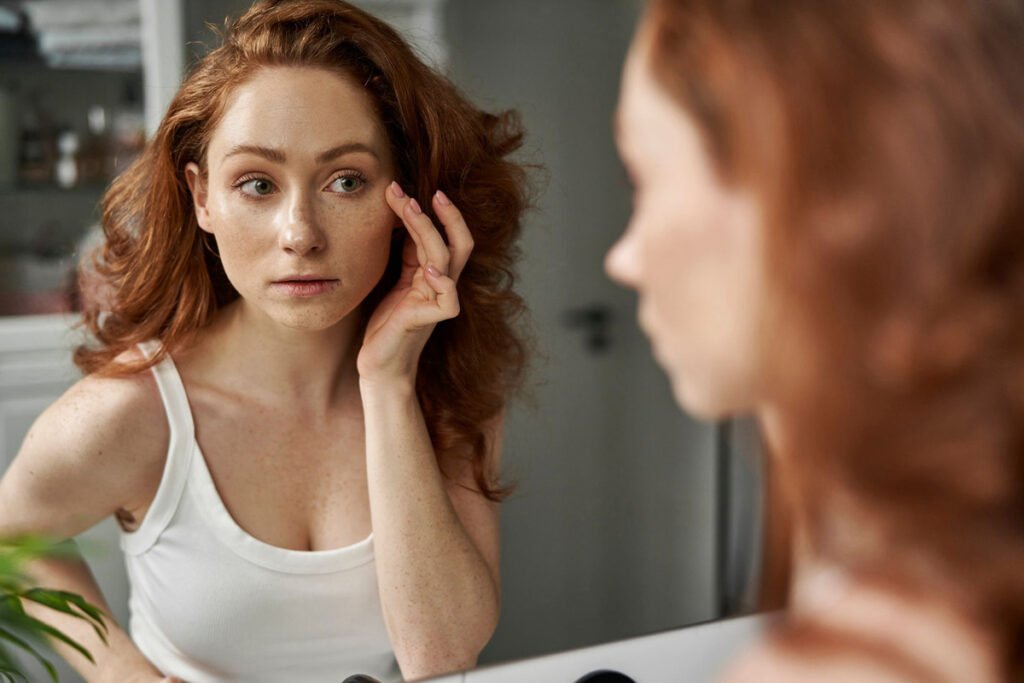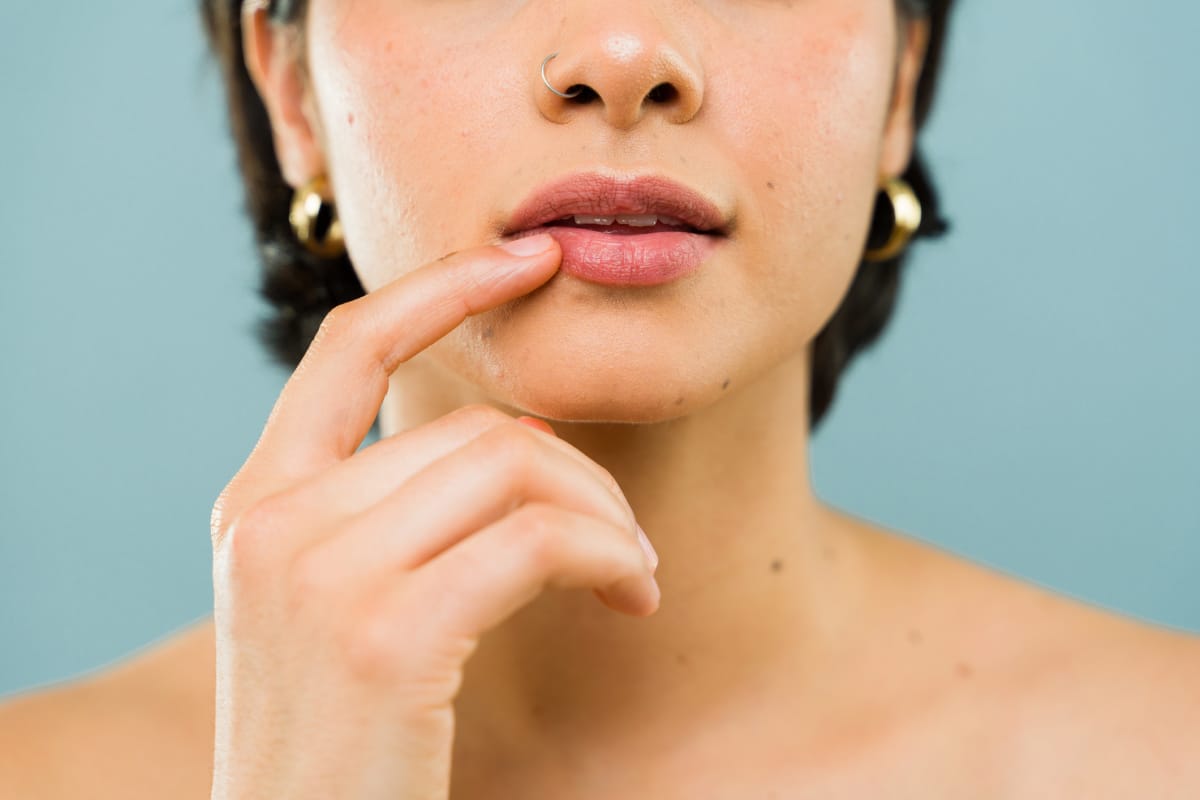
As the popularity of facial fillers continues to rise, there’s an increasing concern among many patients: “Will fillers make me look overdone?” This is a valid question, especially with the influx of images we see on social media of celebrities and influencers with overfilled cheeks and lips.
However, the truth is that fillers, when performed safely and with a personalized approach, can provide subtle, natural-looking enhancements—the key is finding the right provider. Below, our Asheville med spa team explains.
Why “filler fatigue” happens
The phenomenon of overdone fillers has earned catchy names like “filler fatigue” or “pillow face,” and we’ve all learned to recognize the signs of too much injectable product on celebrities and reality TV stars. Excessive or poorly placed facial fillers may make the face appear puffy, unnaturally round, or disproportionate instead of refreshed and younger-looking.
There are several ways that this may happen:
- Unskilled, inexperienced injectors: Not all injectors have the same level of experience or training. An inexperienced injector may not have the skills or knowledge to correctly assess what a patient needs, considering the nuances of balance and proportion.
- One-size-fits-all injection approach: Some practices offer standardized treatment packages. While techniques like the 8-point lift (or other liquid facelift methods) can provide a useful framework, the approach should be adapted to each individual’s goals and anatomy—what works for one person may not work for another.
- Accumulation of filler makes for a moving target: As a patient adjusts to their filler-enhanced appearance, they (and their injector) may not realize that they still have a baseline amount of filler present when they return for touch up injections as the product fades—if your injector chooses to place the same amount every time, it could lead to unintended overaccumulation of filler.
- Patient requests: Occasionally, patients request more product than is advised. For example, if their friend received 2 syringes of lip filler with amazing results, then they may hope that the same treatment on their lips would provide the same level of results. However, a responsible injector will guide patients away from making choices that could lead to an unnatural appearance and advise what is best based on personal anatomy and goals.
There are several FDA-approved dermal fillers, including hyaluronic acid-based (like Juvéderm) and poly-L-lactic acid-based (like Sculptra). Of the FDA-approved cosmetic formulas, all are considered safe and capable of achieving very natural-looking results in the hands of a skilled injector. Still, your injector should have the knowledge to select the ideal filler formula for your needs, and you should beware of injectable silicone or fake products not specifically tested and approved for cosmetic use.
The art of filler injections
A well-executed filler procedure requires an injector who understands facial anatomy, your skin type, and how each different filler formula (i.e. Juvéderm Voluma vs. Vollure) behaves once injected; it is as much an art as it is a science. There is no cookie-cutter approach that will work for most, or even some, patients!
Here are the principles to follow when it comes to filler injections:
- Choose an experienced injector: Look for a medical provider who has extensive experience, a nuanced understanding of facial anatomy, and can show you a portfolio of previous work addressing patients with similar concerns.
- Open communication: Discuss your concerns and your goals for treatment candidly. Expect your injector to listen closely, educate you about options and constraints, and provide recommendations tailored to your needs. (Walk away if your goals are not their first priority.)
- Start slow: Especially if you’re new to fillers, ask for a conservative treatment at your first appointment, and consider scheduling a follow-up in case you need it after 2 weeks. With filler, you can always add more later.
- Consider combination treatments: Sometimes, the best results come from combining fillers with other treatments, like Botox, to achieve a balanced rejuvenation. (As a general rule, Botox is most useful in the upper face, while filler is typically used in the mid-to-lower face.)
- Understanding the constraints: Fillers can help you look rested and more youthful, but they are not adequate for treating loose skin and jowls. Listen to your injector as they explain realistic expectations, and consider a consultation with a qualified cosmetic surgeon if your goals exceed the capabilities of injectables and other medical spa services.
At Mountain Radiance, our goal is to achieve a result that looks natural, feels authentic, and enhances your inherent beauty. As long as you have the right guidance from an experienced injector, don’t let the fear of looking “overdone” hold you back from exploring the potential benefits of facial fillers.
Related: Am I too old for dermal fillers? Our injectors explain what fillers can and can’t do »
About Mountain Radiance medical spa in Asheville
Dr. Mark Chandler and the expert aesthetics team at Mountain Radiance believe that our aesthetic patients deserve to be treated with a skilled medical approach rooted in natural aesthetics. We exclusively offer services and products that we have tested on ourselves and found to be effective and safe, with little-to-no downtime. Further, Dr. Chandler oversees each treatment to make sure that it is both medically sound and safely administered.
To schedule your appointment with Dr. Chandler, nurse injector Sarah, or physician assistant Christina, call (828) 627-2711 or contact us online—we look forward to helping you feel your personal best.


